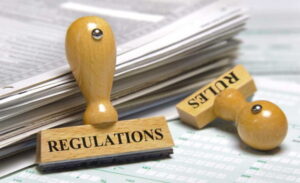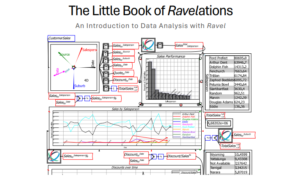Bank regulation in the United States was never designed from a big picture perspective.
Rather, a problem was identified and solved. This generally created more problems. Which were identified and solved. Which created more problems. Which were identified and solved. This pattern continues to this day.
Bear in mind, many of these problems were serious: depressions, financial panics, large-scale bank insolvencies, etc. For that reason, solving them effectively was important, and our regulatory responses sometimes worked out well, and sometimes didn’t.
And, since banks and other financial services had, and have, the freedom to work around legal loopholes in pursuits of profits, it’s been a 245 year plus game of regulatory wack a mole, that continues to this day.
This series of blog posts is about the history of banking and bank regulation in the USA, from the formation of the union to today.
The objective is a “just the facts ma’am” approach where I describe what was, what problems were seen to exist, what regulations were put in place to fix them, and what problems were subsequently created.
USA Bank Regulation: 1775 to 1782: Continental currency
USA Bank Regulation: 1782: Bank of North America
USA Bank Regulation: 1791: Bank of the United States
USA Bank Regulation: 1837: Free banking period
USA Bank Regulation: 1862: Greenbacks
USA Bank Regulation: 1873: One bank panic after another
USA Bank Regulation: 1913: Birth of the Federal Reserve
USA Bank Regulation: 1917: Financing World War One
USA Bank Regulation: Financing The Roaring Twenties
USA Bank Regulation: 1929: The Great Depression
USA Bank Regulation: 1933: The New Deal
USA Bank Regulation: 1941: World War Two
USA Bank Regulation: 1944: New World Order
USA Bank Regulation: 1951: Treasury-Fed Accord
USA Bank Regulation: 1951: After the Accord
USA Bank Regulation: 1970: The Great Inflation



